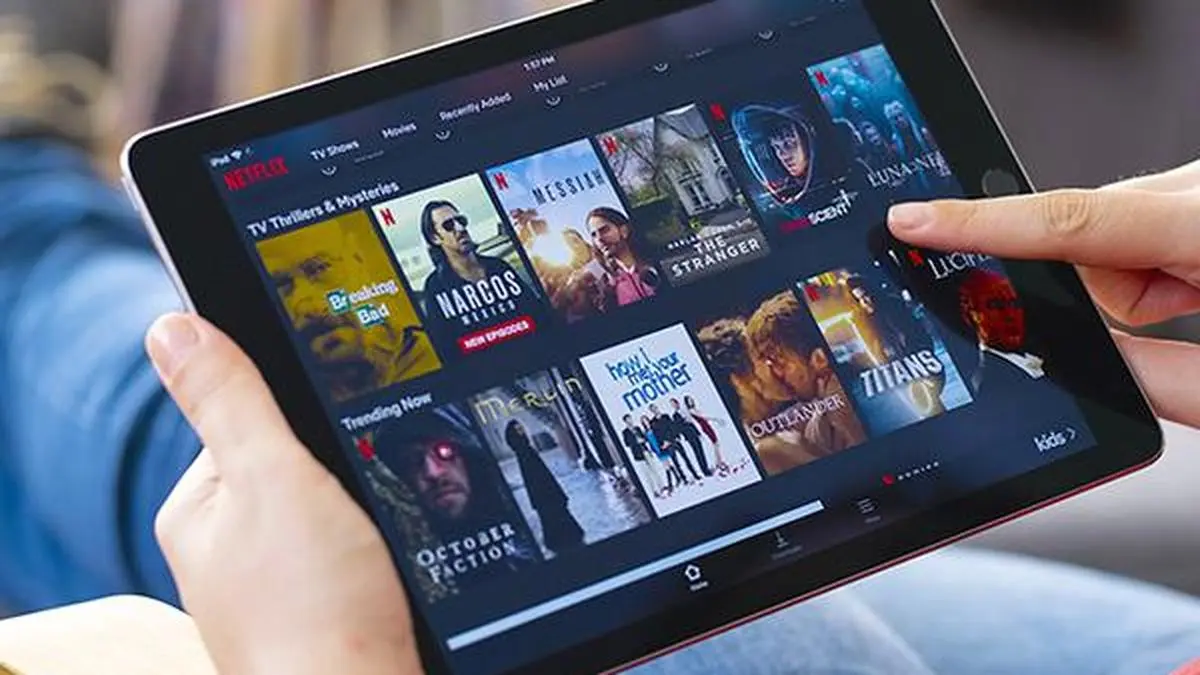Back in the day, I had one computer. It was a laptop bought for me by my employer, and at work, I’d attach it to an external display and use it at my desk. At the end of the day, I’d close it up, put it in my backpack, and take it home.
For the last 10 years, I’ve worked at a desk at home, with a desktop Mac as my primary computer. But over the last year or so, I’ve been using my MacBook Air a lot more, whether I’m traveling or spending the winter in a heated room rather than my unheated garage. So what’s better, the single-Mac life or being a Mac vagabond? As someone who’s been there, and back, and there again, I can tell you that it’s never been easier to live the two-Mac lifestyle–but it’s also never been a better time to just give the desktop up and learn to love a Mac laptop.

The bad old days In the days of PowerPC and Intel laptops, living this life was rough. Just running a Mac laptop in lid-closed mode, attached to an external display, was fraught with bugs. Today, most Macs are laptops, but for a good many years, the laptop was an oddball and the desktop was the “real” Mac.
As a result, laptop bugs abounded, especially if you wanted to do something as outlandish as plug your laptop into an external display and close the lid. What I’m saying is, there was a lot of unplugging and replugging, opening the lid and closing the lid, and the like, in order to cajole the computer into properly displaying on that external screen. Things got better ove.

























